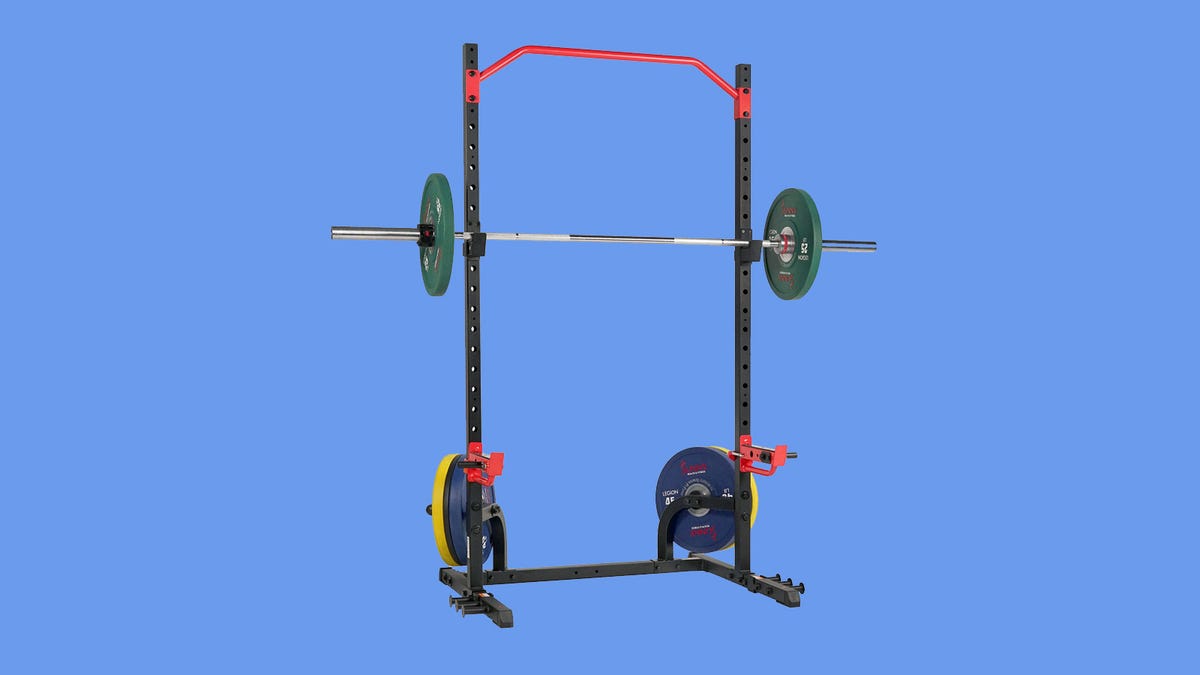Tech
Best Squat Racks of 2025

Choosing the Right Squat Rack for Your Needs: A Comprehensive Guide
Understanding Your Space and Usage Requirements
When selecting a squat rack, the first consideration should be how well it fits your available space and the needs of its users. Steve Stonehouse, VP of Education and Programming at Body Fit Training, recommends focusing your research on racks that perfectly complement your space and user height. This ensures both safety and comfort during workouts. Additionally, considering the frequency and intensity of use can guide your decision. Commercial racks, built with heavier steel, are more durable and suitable for frequent use, whereas home racks, often made with lighter steel, suffice for less intense workouts.
Versatility: Beyond Just Squats
Squat racks vary in functionality. Basic models offer two steel beams for holding a barbell, ideal for those focused solely on squats. However, power cages offer more versatility, accommodating exercises like bench presses and providing spotting assistance. If you’re interested in a multifunctional unit, a power cage might be the better investment, allowing you to perform a variety of exercises efficiently.
Safety Features: Protecting Your Workouts
Safety is paramount when handling heavy weights. Squat racks come with safety arms designed to catch the barbell if you fail a lift. Opting for a rack with a wide base enhances stability, preventing movement during use. The steel gauge is another critical factor; commercial racks use 7-gauge steel, while home racks typically use 11-gauge, which is sufficient for most home gyms and ensures longevity.
Ensuring Stability and Durability
Stability is crucial for safe workouts. Bolting the rack to the floor is ideal, but if not possible, a wide footprint can provide necessary stability. Ensuring the rack is durable involves selecting high-quality materials, such as thick steel, and considering the frame’s construction. These elements ensure the rack remains stable even with heavy weights, preventing accidents and extending its lifespan.
Weight Capacity: Supporting Your Strength Goals
The rack’s weight capacity is vital, especially for multiple users. Home racks typically support 300 to 1000 pounds, accommodating most home workouts. However, if you plan to lift heavier weights or share the rack, opting for a higher capacity ensures safety and durability, meeting the demands of rigorous training.
Conclusion: Making an Informed Decision
Choosing the right squat rack involves a thoughtful evaluation of space, functionality, safety, stability, and weight capacity. By considering these factors and possibly consulting expert advice, you can select a rack that enhances your workouts, ensures safety, and provides long-term value. Prioritizing these elements allows you to create an effective and safe home gym setup tailored to your fitness goals.